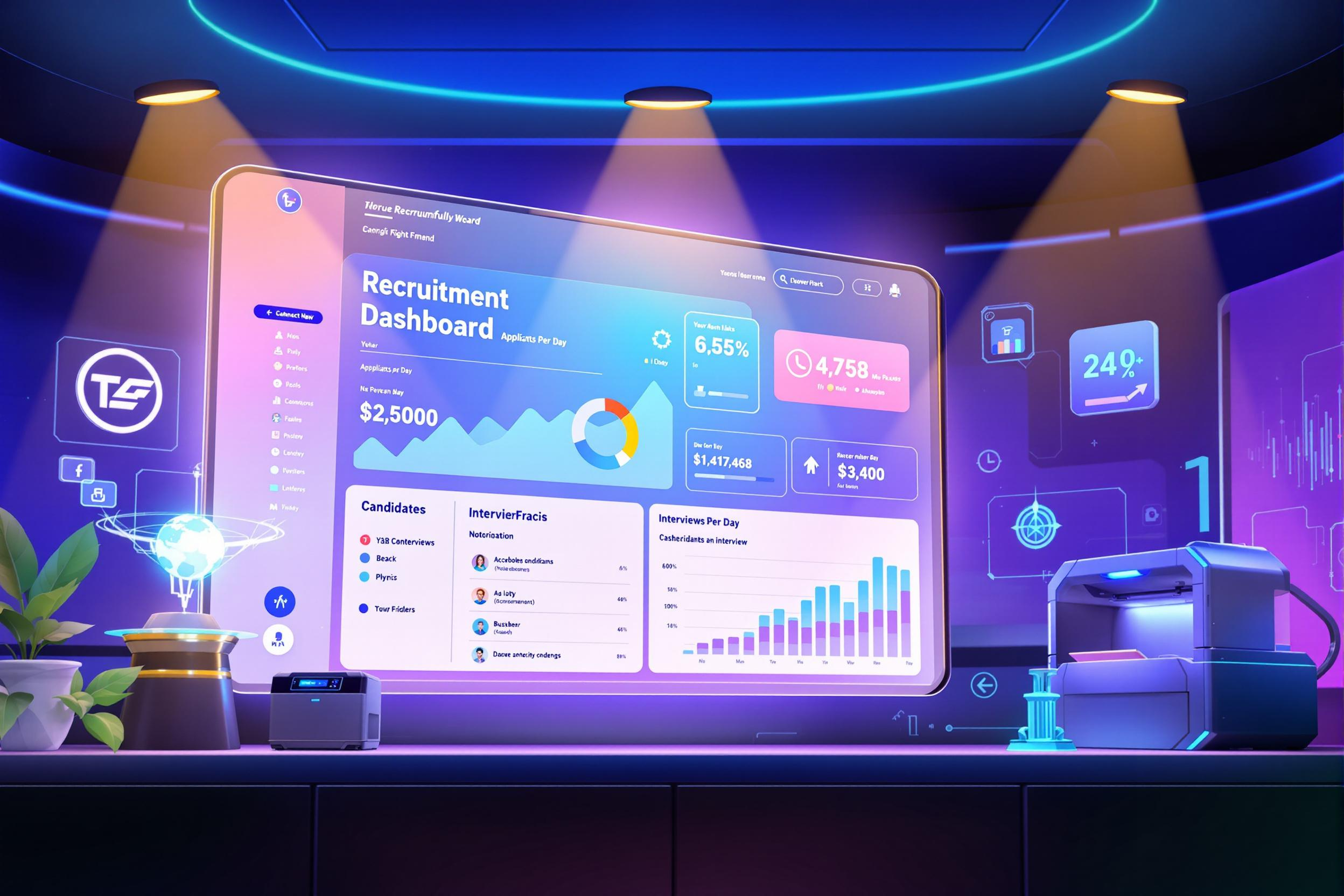
Return Merchandise Authorization (RMA)
Return Merchandise Authorization (RMA) is a standard process in retail and e-commerce that handles customer returns of products. It's like a formal permission slip that customers need to return items they bought. This system helps stores track returns, process refunds, and manage their inventory. When you see RMA mentioned in job descriptions, it usually means the role involves working with customer returns, managing return policies, or overseeing the returns process. Similar terms you might see are "Returns Management System" or "Return Authorization Process."
Examples in Resumes
Managed RMA process for over 1,000 returns monthly, maintaining 98% customer satisfaction
Developed new Return Merchandise Authorization policies that reduced processing time by 30%
Supervised team of 5 handling RMA requests and customer support
Typical job title: "Returns Specialists"
Also try searching for:
Where to Find Returns Specialists
Professional Networks
Job Boards
Example Interview Questions
Senior Level Questions
Q: How would you design an RMA process for a large e-commerce company?
Expected Answer: Should discuss creating efficient workflows, implementing tracking systems, training staff, establishing clear policies, and methods to reduce return rates while maintaining customer satisfaction.
Q: Tell me about a time you improved a returns process.
Expected Answer: Should demonstrate experience in analyzing current processes, identifying bottlenecks, implementing improvements, and measuring success through metrics like processing time and customer satisfaction.
Mid Level Questions
Q: How do you handle difficult return situations with customers?
Expected Answer: Should explain approach to customer service, problem-solving skills, knowledge of company policies, and ability to find solutions that work for both customer and company.
Q: What metrics do you use to track RMA performance?
Expected Answer: Should mention key performance indicators like processing time, return rate, customer satisfaction scores, and cost of returns processing.
Junior Level Questions
Q: What is the basic RMA process?
Expected Answer: Should be able to explain the steps from customer return request to final resolution, including documentation, shipping, inspection, and refund processes.
Q: How do you prioritize multiple return requests?
Expected Answer: Should demonstrate understanding of handling multiple tasks, organizing work based on urgency, and following standard procedures.
Experience Level Indicators
Junior (0-2 years)
- Basic understanding of return processes
- Customer service skills
- Data entry and documentation
- Following return procedures
Mid (2-5 years)
- Return policy implementation
- Team coordination
- Problem-solving complex returns
- Performance tracking
Senior (5+ years)
- Process optimization
- Team management
- Policy development
- Vendor relationship management
Red Flags to Watch For
- No customer service experience
- Poor attention to detail
- Lack of organization skills
- No experience with inventory management systems
Related Terms
Need more hiring wisdom? Check these out...

How Recruitment Marketing Automation Is Reshaping Hiring Forever

Talent Acquisition Automation: Revolutionizing Recruitment

From Panic Pacing to Productive Hiring: How to Truly Improve Recruiter Efficiency

